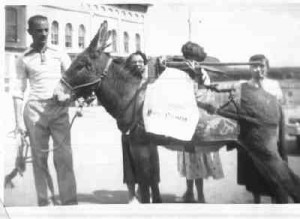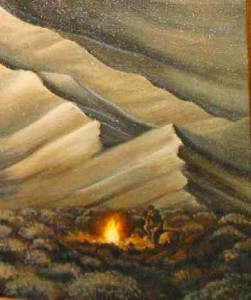Brief by Central Staff
Livestock – July 2004 – Colorado Central Magazine
Every once in a while, a range cow manages to escape the herd and take up the feral life around here, and elsewhere in the West, there are herds of wild burros and horses — domestic animals gone wild.
So perhaps it shouldn’t have come as a surprise that llamas could act the same way.
It happened on the Uncompahgre Plateau, southwest of Delta on the Western Slope. A herd of 15 llamas had been on the loose for about a year, and hikers and horseback riders reported that the animals were hostile and aggressive.
On May 17, a crew from the federal Bureau of Land Management rounded them up and put them in horse trailers Since these llamas had spent most of their lives as domestic animals accustomed to herding, that part of the job went easily. The only hold-outs were four single males who were eventually lured to the trailer by using a female as bait.
The BLM will attempt to locate the llamas’ owners, and if they’re not claimed, they’ll go to a llama sanctuary near Grand Junction.
This may have been the first llama roundup on public land, according to Steve Hall of the BLM, who said the animals were probably abandoned when llama prices hit the skids.
It has long been illegal to import llamas from their native area, the Andes mountains of South America. Thus all U.S. llamas come from a domestic herd, which was relatively small in the late 1970s when they began to catch on as a pack animal for back-country trips.
(Here we are of course biased in favor of burros for such chores, but llamas have their fans, too, and they can be quite vocal.)
A breeding female sold for as much as $10,000 in 1990, but these days, healthy llamas sell for as little as $50 a head, and their owners sometimes abandon them — thus the sanctuary in Grand Junction.


